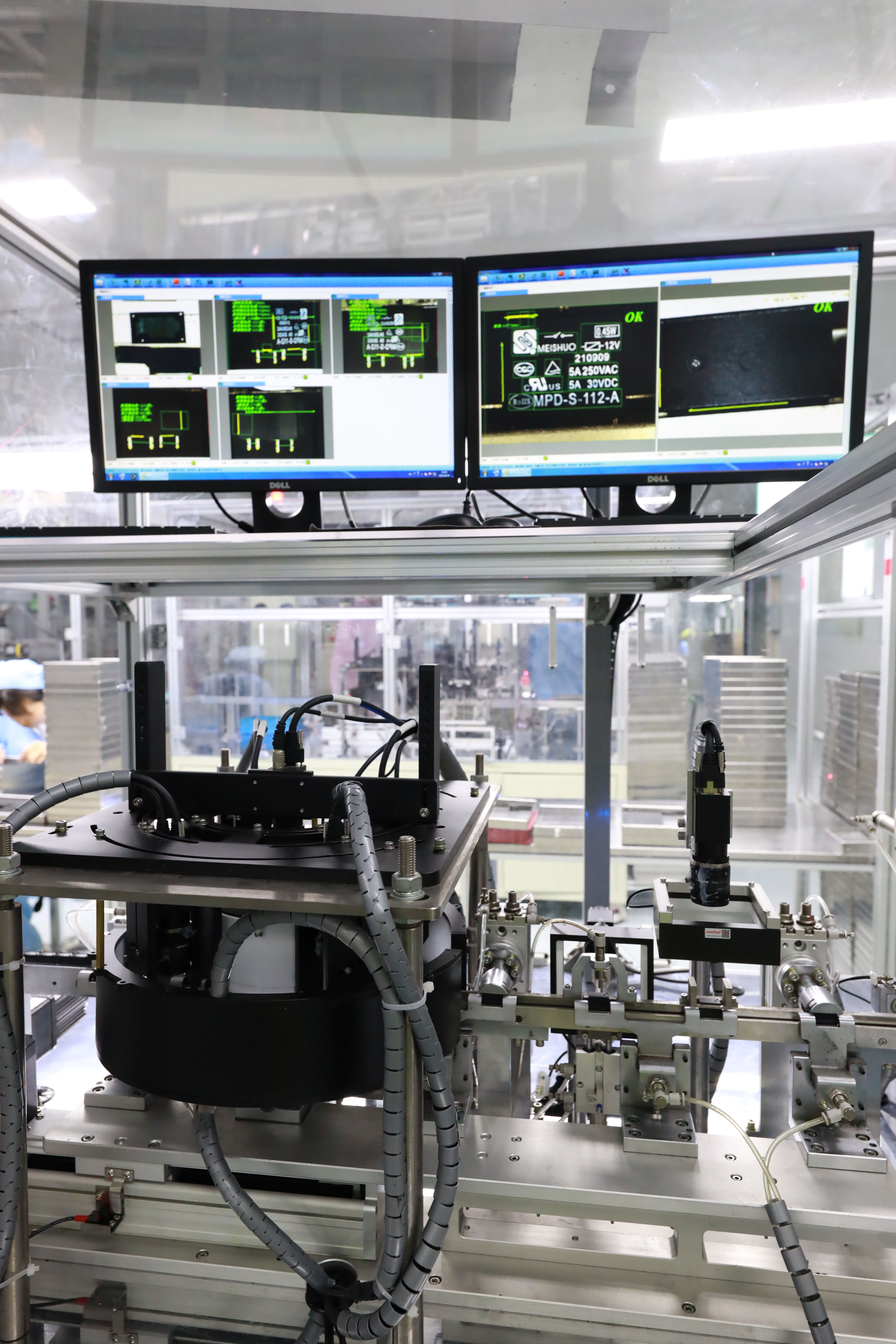relay production technology: innovations and manufacturing processes
Release time:2025-08-05 16:40:54
Relay production technology has evolved significantly over the years, driven by the demand for more reliable, energy-efficient, and compact electronic components. Relays are vital devices used to control electrical circuits in various industries, from automotive and telecommunications to consumer electronics and industrial automation. As a key component in modern electrical systems, the manufacturing process behind relays requires precision and advanced technology to ensure optimal performance and durability. This article explores the core elements of relay production technology, from material selection and assembly to automation and innovation.

Materials and Components in Relay Production
The heart of relay production lies in the careful selection and assembly of key materials. Relays typically consist of several components, including the coil, contacts, magnetic core, and housing. Each of these parts must be manufactured to meet specific standards for functionality and reliability.
The coil in a relay is made of copper wire, which is tightly wound around a magnetic core. This coil generates a magnetic field when an electric current is passed through it, allowing the relay to switch its contacts. The precise number of turns and the thickness of the wire are critical factors that influence the performance of the relay. To achieve the necessary magnetic strength, the coil is typically wound using automated machines, which ensure accuracy and consistency.

